Pilgrims to Rome — and “spiritual pilgrims” — can receive special graces during the coming Jubilee
By Anna Artymiak
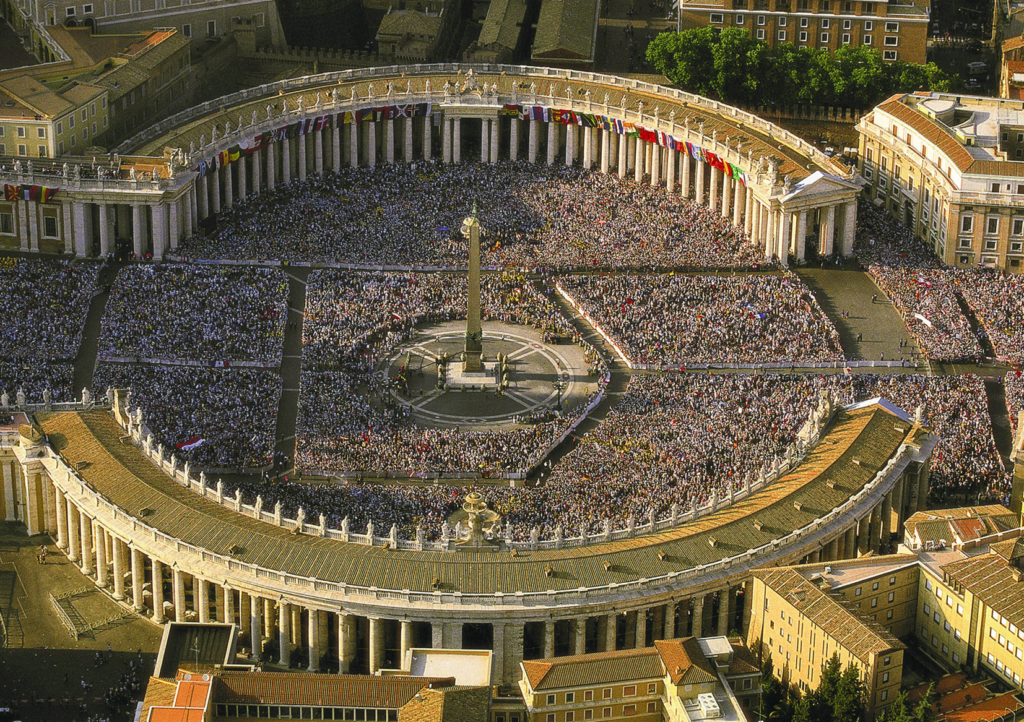
Great Jubilee Year of 2000. St. Peter’s Square during the world day dedicated to young people. (Photo Grzegorz Galazka)

The jubilee logo, designed by Italian artist Giacomo Travisani.
This year on Christmas Eve, 2024, Pope Francis, like Pope John Paul II in 1999, will open the Holy Door to begin a Jubilee Year in 2025. It will be an ordinary holy year — in accordance with the tradition of the Church to celebrate such a year every 25 years, to give every generation a chance to experience that special time of grace and mercy in their life. Those who participate in a Holy Year pilgrimage are granted a plenary indulgence; those who are unable to attend in person for concrete reasons are invited to participate spiritually, “offering up the sufferings of their daily lives, and participating in the Eucharistic celebration.”
The last ordinary holy year, the Great Jubilee Year of 2000, which took place under John Paul II, was one of the biggest events in the history of mankind. The Holy Father Francis wants the coming Jubilee Year 2025 to be lived as a “year of hope,” very symbolic in times when the world’s wars seem to be unending and multiplying.
Catholic tradition refers back to the Jewish tradition of the “jubilees” present in the Bible (cf. Leviticus 25:8-13), although in Rome it was started simply for pilgrims. In preparation for the coming holy year, Pope Francis has decided to dedicate the year 2024 to prayer in its personal and community dimension.
The term “Jubilee” comes from the name of an instrument, the yobel, the ram’s horn, used by Jews in Biblical times to proclaim the Day of Atonement (Yom Kippur).
The origins of the Catholic tradition of the jubilee year in the Eternal City are very surprising. It was all started by the faithful themselves in 1300. Today, it is hard to discover whether they were inspired by Holy Scripture or not, but at the time numerous pilgrims coming from both the West and East of the Christian world insisted that Pope Boniface VIII (reign: 1294-1303) give them a special blessing. An eyewitness to that event was a certain Guglielmo Ventura who, in his “Memoriale,” noted that the pilgrims asked the Holy Father:
“Give us your blessing before we die. We heard from the antichi (“ancient ones”) that every one hundred years every Christian who had visited the tombs of the Blessed Apostle Peter and Paul would have been free as much from guilt as from punishment.”
Apparently, around the year 1300, a Roman man who was more than 100 years old confirmed that he remembered his parents saying that in 1200, the Pope had given a special promise of grace to pilgrims in the holy city of Rome. Pope Boniface didn’t immediately deny the truth of this assertion, but to ascertain its truth, he gathered his cardinals to discuss the case. Although they were unable to find any document testifying to such an act, he responded positively to the pilgrims’ request, establishing that the pilgrims who came to Rome throughout that year and visited the churches of the Apostles Peter and Paul for 15 days would receive an indulgence. (In those days, a new calendar year began in Rome on Christmas day.)
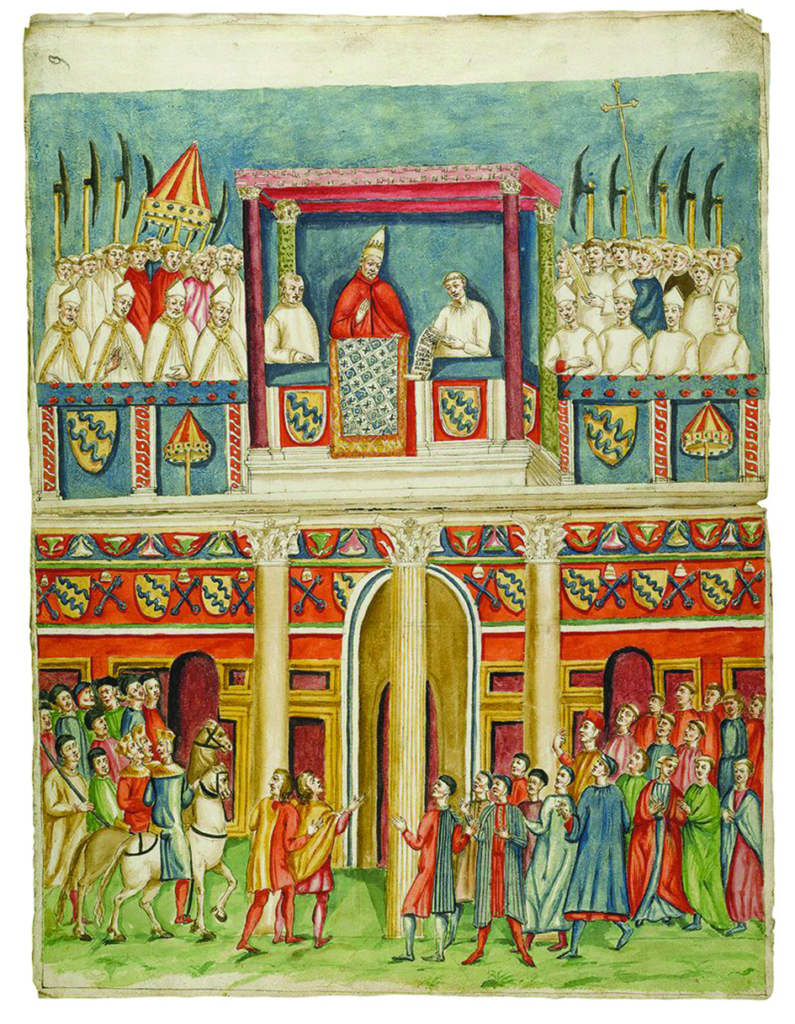
In this watercolor, Boniface VIII announces the Jubilee of 1300
Since that time the jubilee year has become a Catholic tradition. It was originally intended to be celebrated every one hundred years; in 1343 Pope Clement VI reduced the gap between Jubilees to every 50 years. The rule to celebrate it every 25 years was established with the Holy Year of 1470 under Pope Paul II.
According to a historical tradition, the jubilee years have been announced almost always by a Pontifical “Bull of Indiction” in which the Holy Father indicates the dates of the beginning and end of the Holy Year. Already the Dicastery of Evangelization has informed the public to expect that Pope Francis will release the Bull for the Holy Year of 2025 on May 9, 2024.
The coming Jubilee Year of 2025 will be the second under the pontificate of Francis: the extraordinary Jubilee, the Year of Mercy, was celebrated in 2016. This time, Pope Francis invites the faithful to live the holy year as “Pilgrims in Hope” — which is the motto of the jubilee of 2025. The jubilee logo, designed by Italian artist Giacomo Travisani, shows four stylized figures, representing all of humanity coming from the four corners of the earth. They embrace each other to indicate the solidarity and fraternity which should unite all peoples. The rough waves under the figures symbolize the fact that life’s pilgrimage does not always go smoothly in calm waters. The anchor is a symbol of hope. The dynamic cross of Christ bends down towards humanity, not leaving us all alone, but stretching out to us to offer the certainty of its presence and the security of hope.
A hymn, “Pilgrims of Hope,” by Pierangelo Sequeri with music by Francesco Meneghello, has also been written for the jubilee year.
The Dicastery of Evangelization has already published the calendar of main events with the Holy Father for different groups, beginning on January 24-26 with the celebration of the Jubilee of the World of Communications, and concluding on December 14 with the last jubilee, the Jubilee of Prisoners, to whom Pope Francis pays special attention.
Throughout the year, individual jubilees are scheduled which include jubilees for teenagers, children, and parents and grandparents; musicians, health care workers, and policemen and military personnel; deacons, bishops and the Eastern Churches; Marian spirituality, consecrated life and Missionaries of Mercy. In addition there will be celebrated on March 28 the traditional 24 Hours for the Lord, a Night of Confession. In St. Peter’s Basilica there will be celebrated the Penitential Liturgy with the Sacrament of Confession; Pope Francis himself always confesses first, and then hears the confessions of others, a chosen group of 5-10 people.
The entire calendar of jubilee celebrations is available on the Jubilee website. To know the exact day of the closure of the Jubilee Year we will have to wait for Pope Francis’ Bull of Indiction.
The 2024 Year of Prayer in preparation for the Holy Year is an invitation of Pope Francis to rediscover the centrality of prayer in our personal and community life. Therefore the bishops are invited to promote diverse initiatives on the diocesan level for the faithful as “pilgrims of prayer” like courses, schools of prayer, etc. As a practical help, the Dicastery for Evangelization, which is responsible for the organization of the coming jubilee year, published a series of “Prayer Notebooks” based on many forms of prayer from the rich Catholic tradition. The Notebook can be found on the special jubilee website: iubilaeum2025.va. An even more immediate way to take part in the Jubilee Year is to volunteer; there are no restrictions on age or nationality. Details will be released soon.
There is, however, nothing like experiencing the Jubilee Year in Rome as a pilgrim, and Inside the Vatican Pilgrimages will be leading a series of pilgrimages to the Eternal City which will help pilgrims to immerse themselves in the spirit of prayer and the spirit of hope that the 2025 Jubilee Year of Hope brings to the world.
From the Letter of the Holy Father Francis to the Most reverend Rino Fisichella, President of the pontifical Council for the New Evangelization for the Jubilee 2025
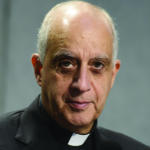 The Jubilee has always been an event of great spiritual, ecclesial, and social significance in the life of the Church. Ever since 1300, when Boniface VIII instituted the first Holy Year – initially celebrated every hundred years, then, following its biblical precedent, every fifty years, and finally every twenty-five years – God’s holy and faithful people have experienced this celebration as a special gift of grace, characterized by the forgiveness of sins and in particular by the indulgence, which is a full expression of the mercy of God. The faithful, frequently at the conclusion of a lengthy pilgrimage, draw from the spiritual treasury of the Church by passing through the Holy Door and venerating the relics of the Apostles Peter and Paul preserved in Roman basilicas. Down the centuries, millions upon millions of pilgrims have journeyed to these sacred places, bearing living witness to the faith professed in every age.
The Jubilee has always been an event of great spiritual, ecclesial, and social significance in the life of the Church. Ever since 1300, when Boniface VIII instituted the first Holy Year – initially celebrated every hundred years, then, following its biblical precedent, every fifty years, and finally every twenty-five years – God’s holy and faithful people have experienced this celebration as a special gift of grace, characterized by the forgiveness of sins and in particular by the indulgence, which is a full expression of the mercy of God. The faithful, frequently at the conclusion of a lengthy pilgrimage, draw from the spiritual treasury of the Church by passing through the Holy Door and venerating the relics of the Apostles Peter and Paul preserved in Roman basilicas. Down the centuries, millions upon millions of pilgrims have journeyed to these sacred places, bearing living witness to the faith professed in every age.

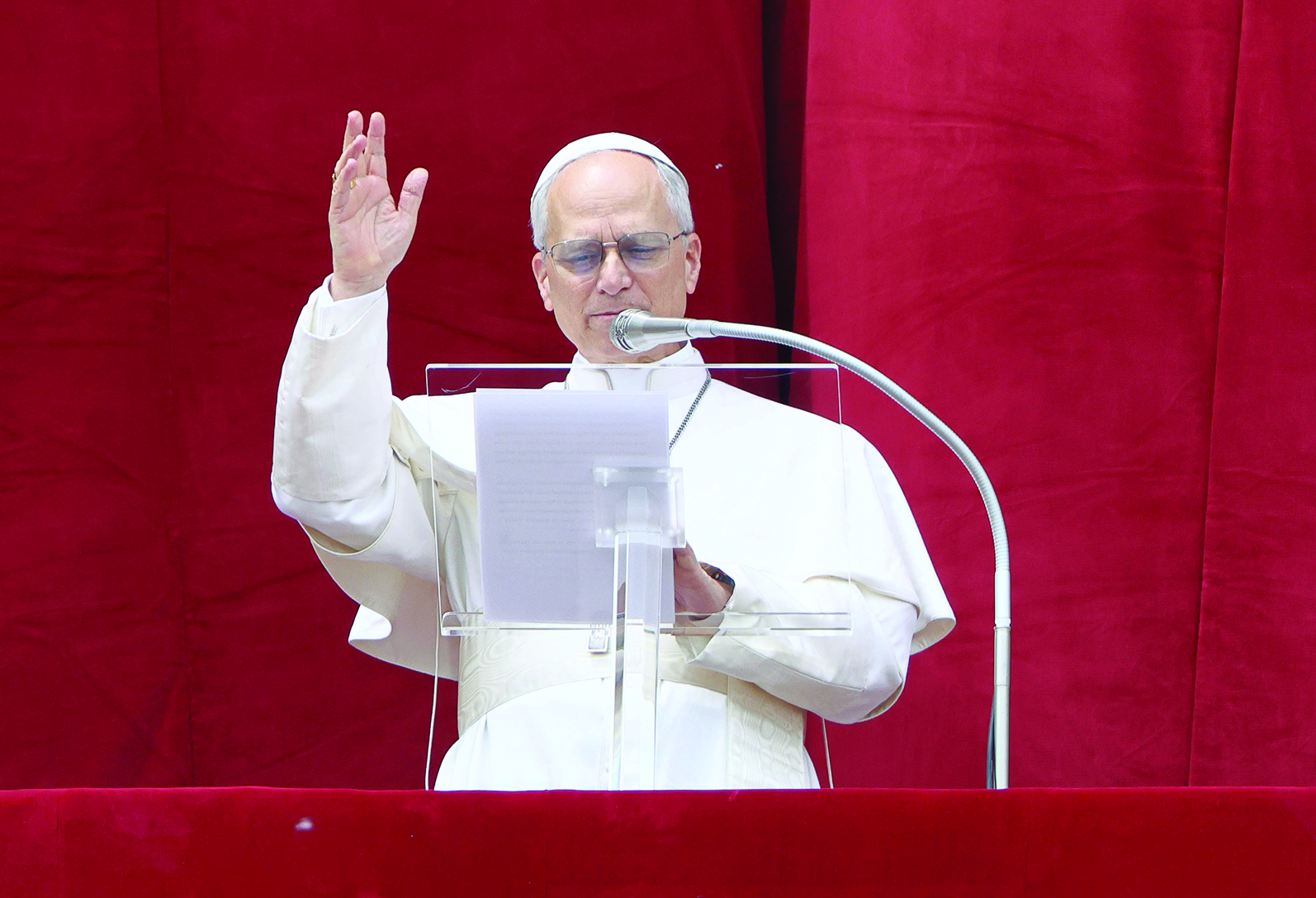
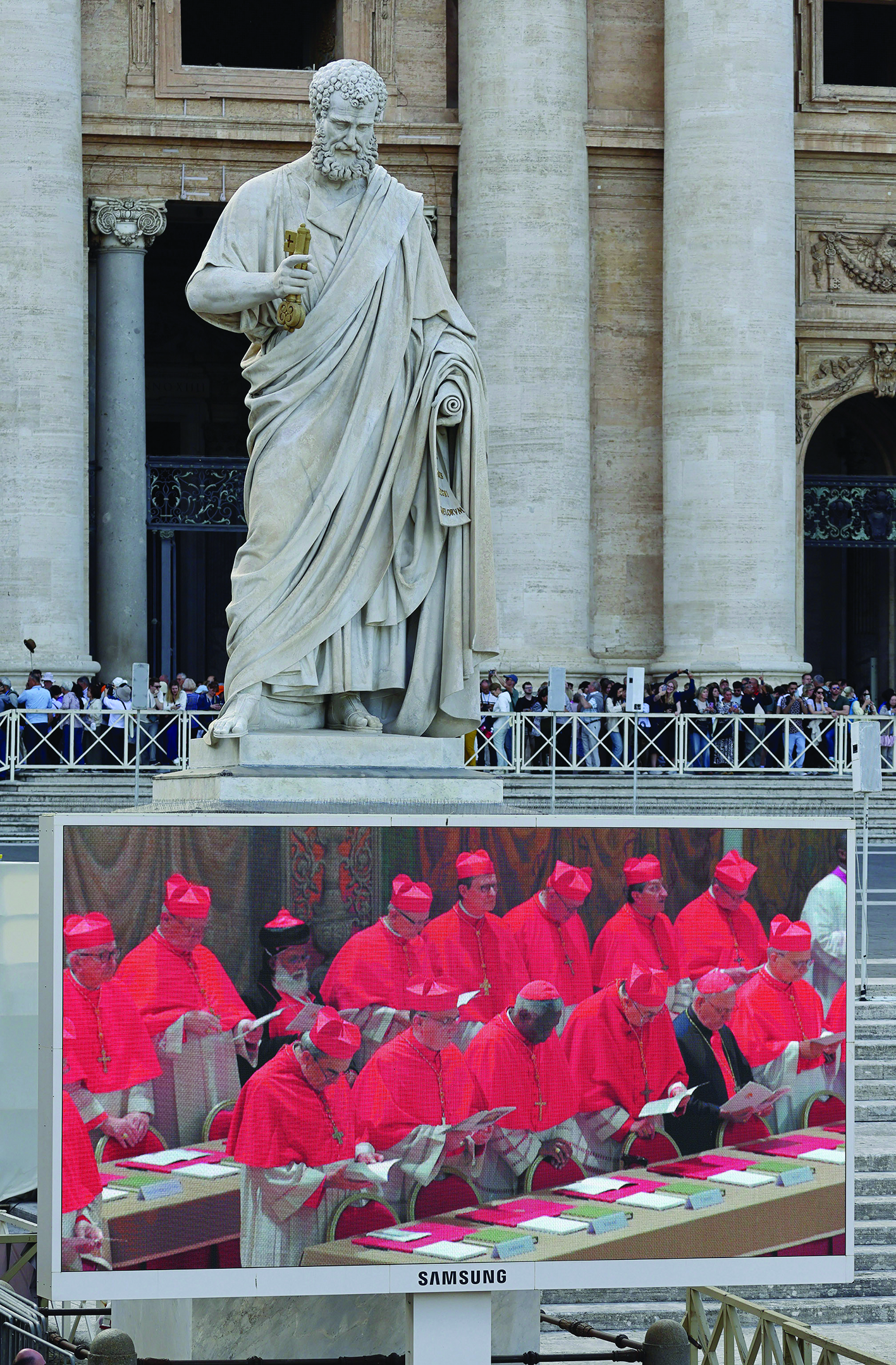
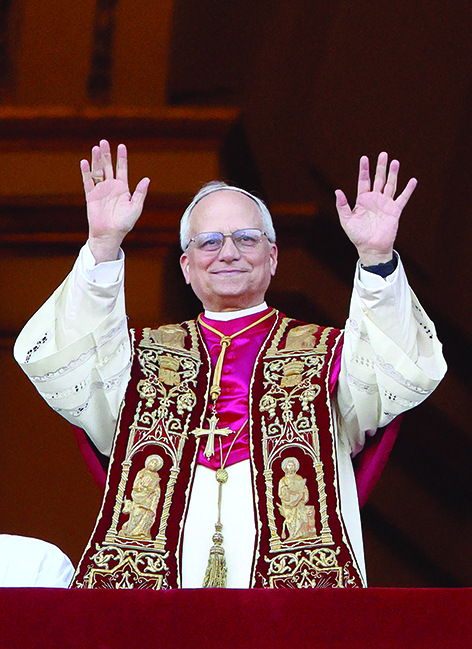
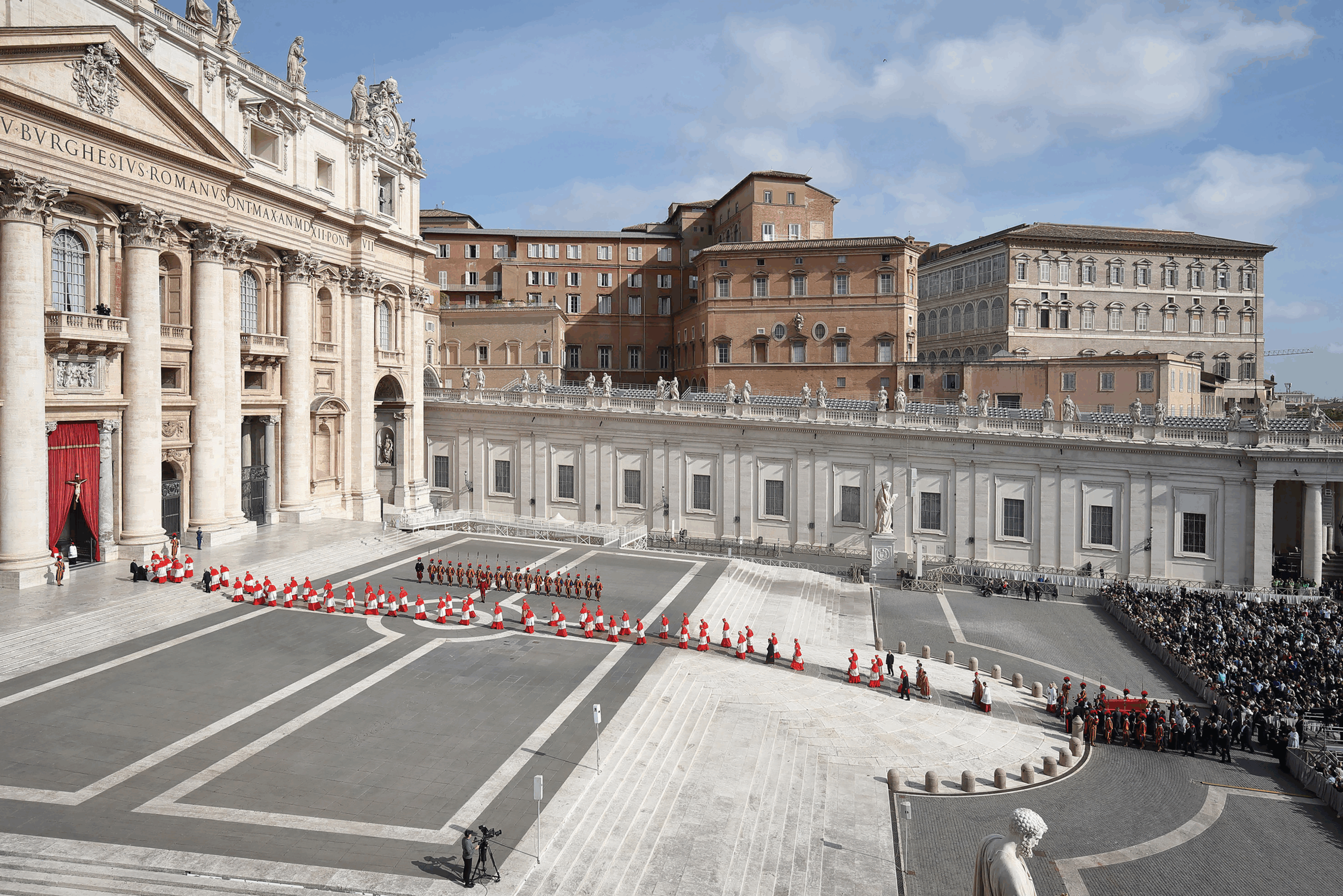
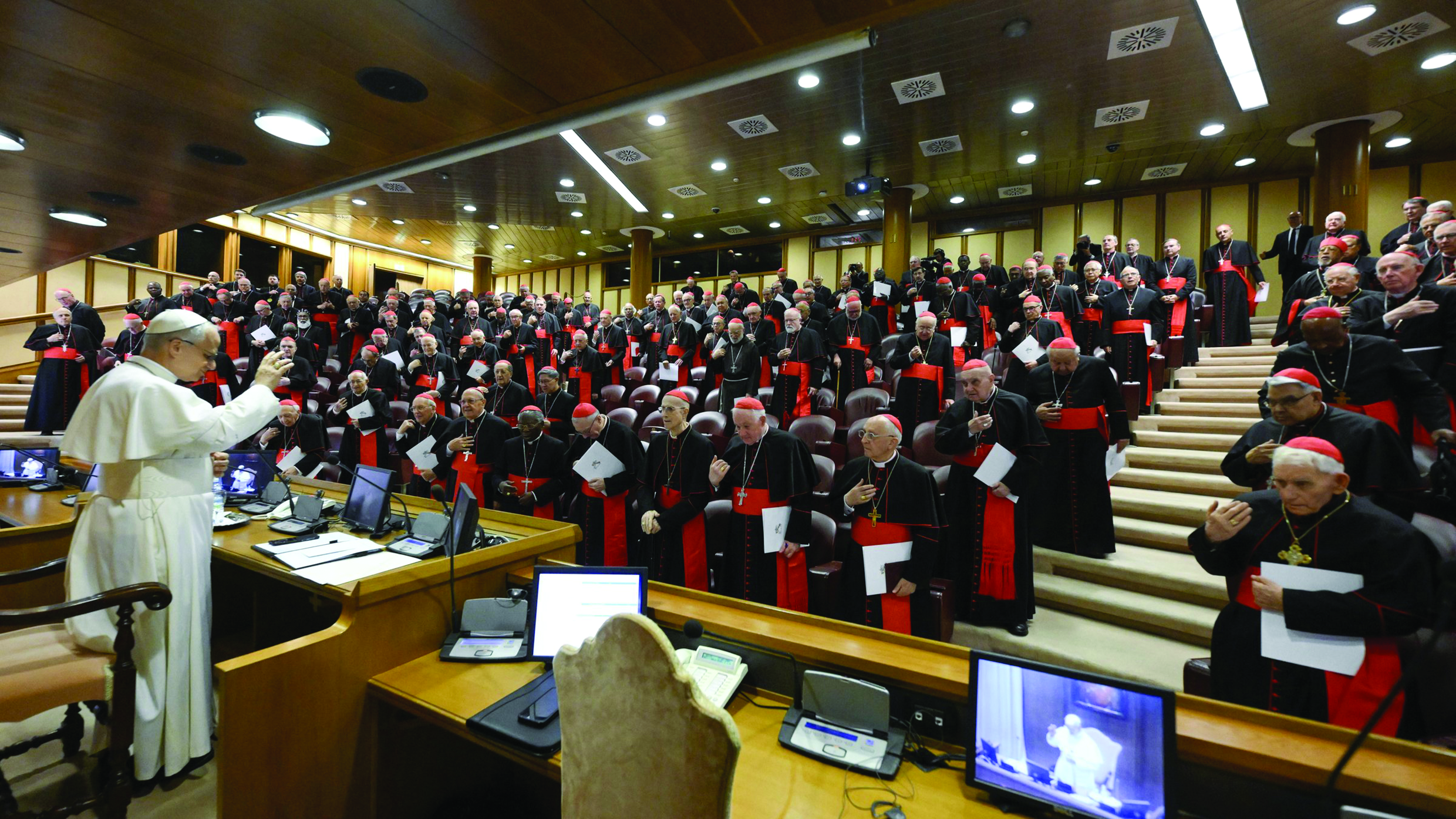
Facebook Comments